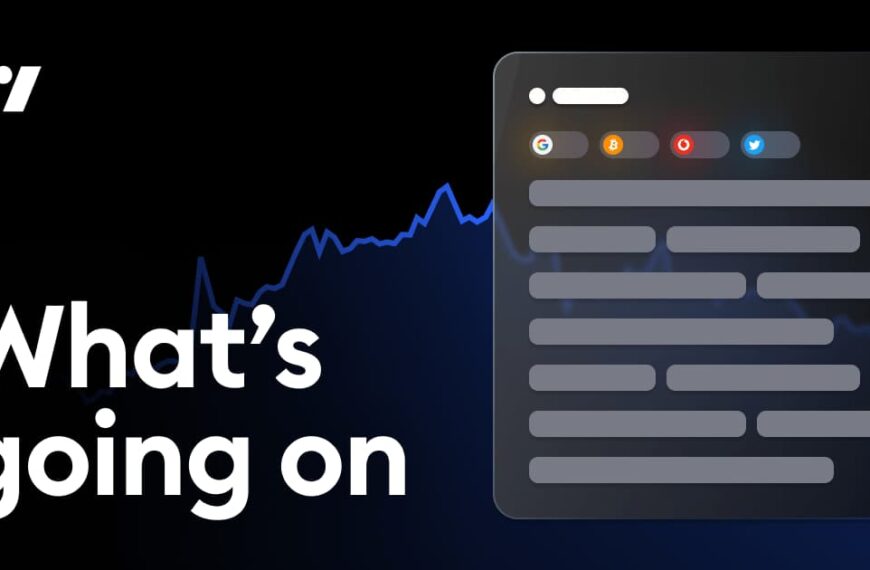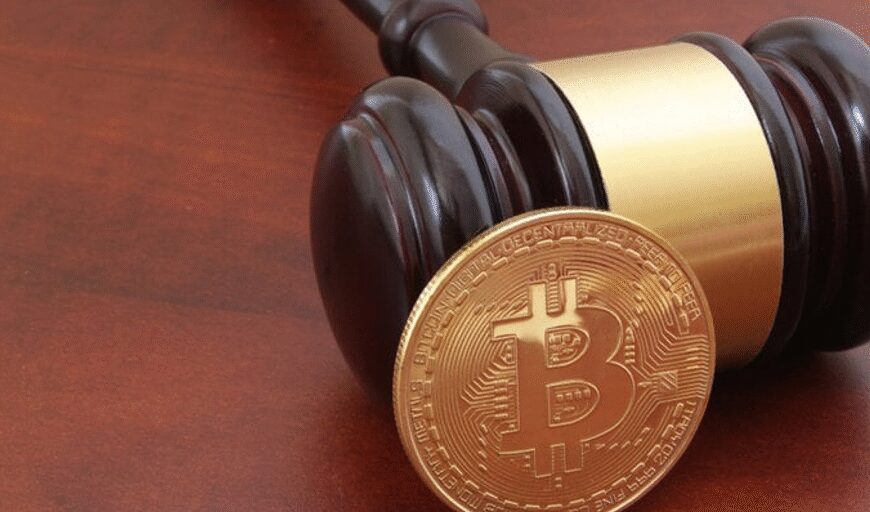Gold and Bitcoin Replace US Treasuries and Stocks as Reserve Assets
The financial landscape is continuously evolving, and recent discussions have brought to light a significant shift in the perception of reserve assets. Traditionally, US Treasuries and stocks have been viewed as the cornerstones of global reserves. However, experts are now suggesting that gold and Bitcoin are poised to take over this role. This article delves into the implications of this transition and what it means for investors and the broader economy.
The Decline of Traditional Reserve Assets
For decades, US Treasuries and stocks have been the go-to assets for central banks and institutional investors. They were considered safe havens, especially during times of economic uncertainty. However, several factors are contributing to the decline of these traditional assets:
- Inflation Concerns: With rising inflation rates, the purchasing power of cash and traditional assets is diminishing, prompting investors to seek alternatives.
- Low Interest Rates: Persistently low interest rates on US Treasuries have made them less attractive, especially as investors look for yield in a low-growth environment.
- Geopolitical Tensions: Ongoing geopolitical issues are leading to a lack of confidence in government-backed assets, pushing investors towards more decentralized options.
The Rise of Gold as a Reserve Asset
Gold has long been regarded as a stable store of value, especially during times of economic turmoil. As the world grapples with inflation and market volatility, gold is emerging as a preferred asset for central banks and investors alike. Here’s why:
- Inflation Hedge: Gold is often seen as a hedge against inflation, retaining its value when fiat currencies lose purchasing power.
- Safe Haven: In times of crisis, investors flock to gold as a safe haven, leading to increased demand and higher prices.
- Global Acceptance: Unlike currencies that may be subject to political manipulation, gold is universally accepted and valued across cultures.
The Ascension of Bitcoin
Bitcoin, the leading cryptocurrency, has been a topic of heated debate since its inception. Initially viewed with skepticism, it is now gaining recognition as a legitimate reserve asset. Key factors contributing to Bitcoin’s rise include:
- Decentralization: Bitcoin operates on a decentralized network, making it immune to government interference and providing a level of security that traditional assets cannot offer.
- Scarcity: With a capped supply of 21 million coins, Bitcoin is inherently scarce, which can drive its value up as demand increases.
- Institutional Adoption: Major corporations and institutional investors are increasingly integrating Bitcoin into their portfolios, further legitimizing its status as a reserve asset.
Implications for Investors
The transition from US Treasuries and stocks to gold and Bitcoin as reserve assets carries significant implications for investors. Here are a few key takeaways:
- Diversification: Investors should consider diversifying their portfolios to include gold and Bitcoin to mitigate risks associated with traditional assets.
- Long-Term Perspective: Both gold and Bitcoin require a long-term investment strategy, as they may experience volatility but have the potential for substantial gains over time.
- Staying Informed: The financial landscape is dynamic; therefore, investors must stay informed about market trends and economic indicators that could affect their investments.
The Future of Reserve Assets
As we look to the future, the role of reserve assets will likely continue to evolve. The increasing recognition of gold and Bitcoin as viable alternatives to traditional investments suggests that we may be on the brink of a new financial paradigm. Here are some trends to watch:
- Increased Regulation: As Bitcoin gains popularity, regulatory frameworks are likely to emerge, impacting its adoption and usage.
- Technological Advancements: Innovations in blockchain technology may further enhance Bitcoin’s appeal and usability as a reserve asset.
- Global Economic Shifts: Changes in global economic policies and shifts in power dynamics could influence the desirability of different reserve assets.
Conclusion
The era of US Treasuries and stocks as the primary reserve assets is waning, giving way to the rise of gold and Bitcoin. While traditional investments still hold value, the growing acceptance and adoption of alternative assets signal a transformative shift in the investment landscape. For investors, adapting to these changes and considering the potential of gold and Bitcoin may be key to navigating the future of finance successfully.
In conclusion, as we witness the evolution of reserve assets, it is essential to remain proactive and informed. The future may hold exciting opportunities for those willing to embrace change and explore the potential of gold and Bitcoin in their investment strategies.






